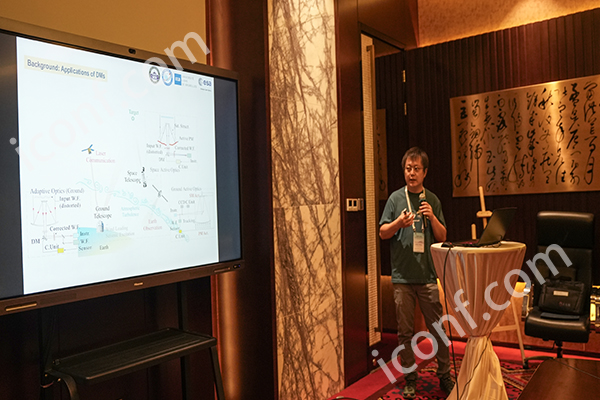Introduction
Submitting a paper to an SCI-indexed journal can be a challenging yet rewarding process. One of the most critical stages is the peer review, where experts assess your research for its quality, originality, and contribution to the field. Understanding the SCI paper review criteria will help you tailor your manuscript to meet reviewers' expectations and increase your chances of acceptance.

1. Originality and Innovation
A. Novelty of the Research
Reviewers assess whether your study provides new insights or introduces innovative concepts.
- What to focus on:
- New theories, models, or approaches.
- Original data or findings that advance the field.
- A unique research question that has not been sufficiently explored.
B. Contribution to the Field
The paper should make a clear contribution to the body of knowledge in the subject area.
- What to focus on:
- How the findings challenge or expand existing theories.
- The potential practical implications or applications of the research.
2. Research Methodology
A. Appropriateness of Methods
Reviewers examine whether the research design and methodology are suitable for the research question.
- What to focus on:
- A clear explanation of the research methods used.
- Appropriateness of data collection and analysis techniques.
- Reproducibility of the results.
B. Rigorous Data Analysis
Thorough data analysis, including the use of appropriate statistical methods, is crucial for a valid study.
- What to focus on:
- Clear description of how data were analyzed.
- Statistical tests that match the study’s design and hypothesis.
- Reporting of results with transparency, including significance levels.
3. Clarity and Organization
A. Structure of the Paper
Reviewers look for clear organization and logical flow of ideas in the manuscript.
- What to focus on:
- A well-organized structure: Introduction, Methods, Results, Discussion, and Conclusion.
- Clear headings and subheadings for easy navigation.
- A cohesive argument that logically connects each section.
B. Writing Quality
The paper should be written clearly, with no grammatical or typographical errors.
- What to focus on:
- Concise and precise writing.
- Clear explanations of complex ideas without jargon.
- Proper use of scientific terminology.
4. Literature Review and Context
A. Comprehensive Literature Review
A strong paper will engage with and critically assess relevant existing research.
- What to focus on:
- A thorough review of the most recent and relevant literature.
- Identifying gaps in the current research that your study addresses.
- Proper citation of key works in the field.
B. Proper Citation and References
Citations must be accurate and reflect the current state of research.
- What to focus on:
- Up-to-date references from credible sources.
- Accurate citation of methodologies and findings from other works.
5. Impact and Significance
A. Practical Relevance
Reviewers assess whether the research addresses a real-world problem or has practical applications.
- What to focus on:
- Potential for future research or industrial applications.
- The broader significance of the research findings.
B. Theoretical Implications
Reviewers look for studies that contribute to theoretical advancements in the field.
- What to focus on:
- How your findings add to or challenge current theoretical frameworks.
- The implications for future theory and research.
6. Ethical Considerations
A. Ethical Standards
Papers involving human subjects, animals, or sensitive data must adhere to ethical guidelines.
- What to focus on:
- Ethical approval for studies involving human subjects or animals.
- Disclosure of any conflicts of interest.
- Transparency regarding funding sources.
7. Overall Presentation and Formatting
A. Compliance with Journal Guidelines
Reviewers check if the manuscript follows the submission guidelines of the journal.
- What to focus on:
- Correct manuscript formatting (font, margins, reference style).
- Adherence to the journal’s submission criteria, such as word count and figure limits.
B. Figures and Tables
Data visualization plays a crucial role in presenting your research findings effectively.
- What to focus on:
- Clear, well-labeled tables and figures.
- Correct use of color and design for readability.
- Consistency between text and figures.
8. Reviewer's Feedback and Revision
A. Response to Reviewer Comments
Once a paper is reviewed, authors are expected to respond to reviewers’ comments, whether the paper is accepted or requires revisions.
- What to focus on:
- Address all reviewer comments comprehensively in a response letter.
- If revising, clearly indicate changes made in the manuscript.
- If not accepting a reviewer’s suggestion, provide a well-reasoned explanation.
Conclusion
The SCI paper review criteria are stringent, requiring originality, robust methodology, and clear presentation. By focusing on these key areas—novelty, research quality, clarity, and impact—you will significantly improve your chances of acceptance in high-quality journals.
For more information on SCI journals and submission tips, visit iconf.com.


